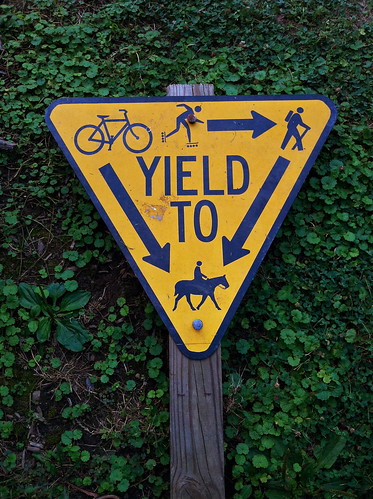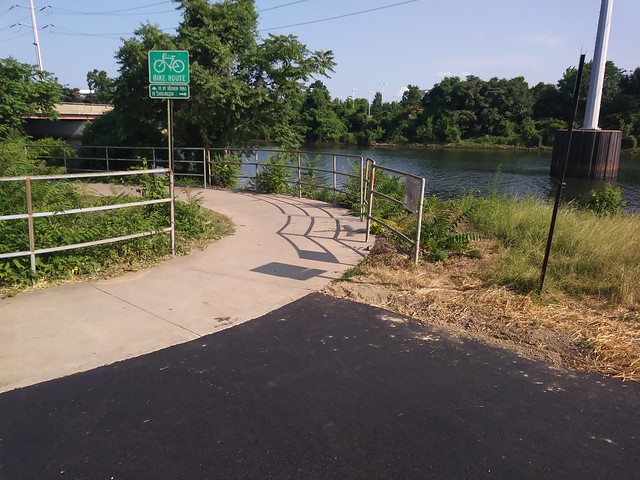
Brochure from Cleveland Indian bicycle company-Shakespeare Would Ride the Bicycle if Alive Today
Libraries sometimes have in their collections brochures that are treated like a book. This is such an example - the University of Delaware had digitized this "book" that is a 12 page brochure from the Cleveland Bicycle Company, published in 1896. It is available from the HathiTrust digital library consortium web site in full. I found the cover the most amusing; the remainder is not so clever (and one is reminded of certain kinds of unfortunate default racism of earlier times).
It seems an odd marketing approach in the America of 1896 to try to tie cycling to Shakespeare.
And would Shakespeare have been amused??
Title : Shakespeare Would Ride the Bicycle if Alive Today
Corporate Author: H.A. Lozier & Co.
Language(s): English
Published: Cleveland : The Company, ©1896.
Subjects: H.A. Lozier & Co. > Catalogs.
Bicycles > Catalogs.
Physical Description: [12] p. : col. ill. ; 14 cm.











